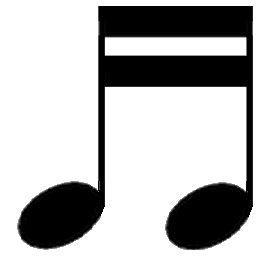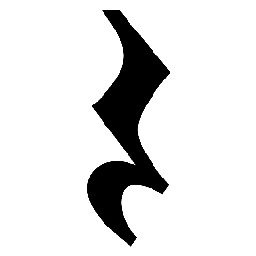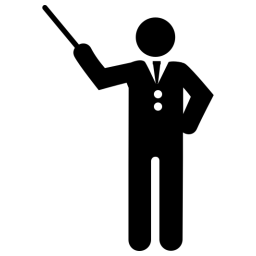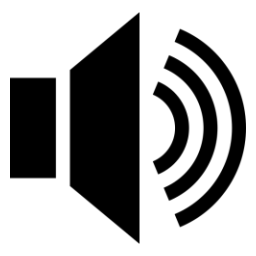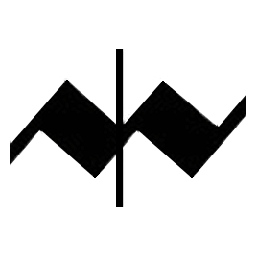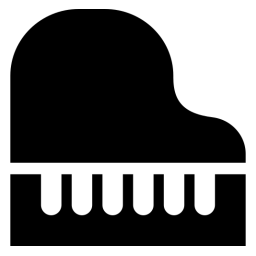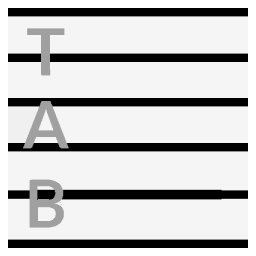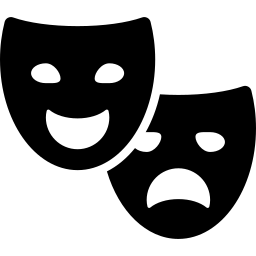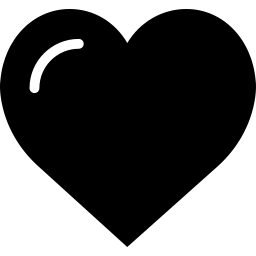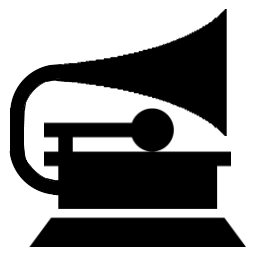After learning the symbols to starting a new composition, we continue with the symbols that make up the actual music, notes. Notes are placed on the lines and spaces of the staff to tell the performer which tones to play, when to play them, and how long each one lasts. How long a note's sound will last depends upon several factors such as..
Monophonic was the term used to describe a wide variety of fairly organized musical styles from the period after ancient rule until just before any real forms of musical style started appearing about the twelfth or thirteen century. As implies it's earned title, the music of Medieval times was generally quite mono-thematic..
Next we continue with the symbols of silence, rests. Like notes, rests are placed on the lines and spaces of the staff to tell the performer when to remain silent and for how long. How long a rest will last depends upon several factors such as..
An illustrated descriptive listing of directional notation symbols used in musical composing and performance. A composer sometimes needs to instruct the performer how to properly interpret a composition so he uses certain directions to tell the performer how to play the piece.
Dynamics denote the relative intensity of sound & volume in a musical passage or composition. Dynamics are added by the composer as an embellishment to enable the performer to portray a more accurate sense of what the composer intends the composition should sound like. Dynamics are also relative meaning that its use is at the discretion of the performer
Ornamentation is the musical symbols instructing the performer to embellish or add to the actual written notes and instruction. Composers use ornamentation or style marks as a way of expressing themselves through the music by adding emotion.
During the Baroque Period (approx. 1560 to 1780) music became very instrumental and very vocal, not to mention that the dancers wanted to get in on a good thing as well. Now we're about to learn what music is truly for by applying real mathematics coupled withnever before heard emotional style.
Unlike the normal musical staff which has 5 lines and four spaces, in string tablature there is one line for each string of the instrument. Numbers used as notes indicate the fret board fingering positions. String tablature is not only used with guitars but also for other stringed instruments including banjo, bass, cello, mandolin, and violin.
The Classical Period didn't last too long, about 70 or so years, but when stacked on top of what occurred during the Baroque period, it gave us music that will undoubtedly be with us forever. Step into what I have come to call the real 'class acts' of musical innovation.
The late eighteen century brought the departure from the strict exacting of the classical styles to the more intimate and emotional styles of the Romantic Period. The compositions here will touch you like no others in musical history. It was a revolution of the arts. Composers dreamed of embellishment.
We were coming of age musically and by the end of the 19th century we had witnessed the birth of several still popular musical styles. More and more personal styles such as Folk were in demand by the common people. Some made their own music to help others relate and tell the world how things were going. Things were changing.


